DIY Nebulizer Design That Is Affordable NO DRILLING
by Rob in Kentucky in Living > Health
2116 Views, 2 Favorites, 0 Comments
DIY Nebulizer Design That Is Affordable NO DRILLING


Using off-the-shelf parts to create a low-cost, DIY respiratory nebulizer.
I put together this device that can deliver aerosolized medication. There is NO DRILLING NEEDED which means any one can make this nebulizer. (WATCH VIDEO BELOW)
Downloads
Supplies




There are only 2 key parts. A essential oil ultrasonic diffuser (GuruNadna bought on Amazon $18 USD) and a 7/16 O.D. clear tubing about 7 inches long (Bought at Ace Hardware $1 USD).










Instructions:
Cut the tubing down to about 7 inches. Clean and disinfect the tubing in warm soapy water and dry. Gently press one end of the tubing into the exit hole of the diffuser. The tubing will be your mouth piece when nebulizing.
I like to put my nose about 2-3 inches away form the tube so I can inhale the medicated fog into my sinuses because I have sinus drainage.
Cleaning your nebulizer: Always make sure your nebulizer chamber is clean. Use 70% Rubbing Alcohol and a Paper Towel to clean the chamber and disinfect device between uses and before you put it away for storage til the next time you need it.
From the Book: Journal of the American Medical Association, Volume 86, p. 551-553, 1926.
MEDICATION OF THE RESPIRATORY AIR CURRENT
The following general principles may serve for guidance in the choice of sprays and inhalations:
1. The finer the particles, the deeper into the respiratory tract extends their action. Hence, for medicating the upper air passages, coarse sprays should be used; for the lower air passages, fine sprays must be employed. Only gases enter the alveoli; and these are so actively absorbed as to be liable to produce general rather than local action, with the exception of highly irritant gases, such as chlorine, which cannot be inhaled in sufficient concentration to produce more than local effect. Non-volatile or slightly volatile bodies, on the other hand, are not so actively absorbed from the respiratory tract; and these, more or less medicated or flavored, are useful for topical action.
2. Moist inhalations are preferable in dry catarrh; "dry" inhalations in catarrhal conditions with profuse secretion. Most prominent among the latter class of inhalations are the vapors of volatile oil, which tend to lessen secretion and antagonize offensive odors of the sputum and breath.
3. Steam inhalations are grateful in acute inflammatory conditions of the respiratory passages: they soften mucus, favor expectoration , diminish irritation and lessen cough. They should not, however, be immediately followed by exposure to cold dry air, chronic catarrh, hot inhalations are not suitable. They increase the sensitiveness of the membrane on exposure to cold. Cold inhalations, by means of nebulizers, are here more advantageous.
4. In acute dry inflammatory conditions of the respiratory passages, not only steam but also "nebulized" liquid petrolatum, plain or mildly medicated, may be usefully employed by inhalation and is safer than steam inhalation, when the patient does not stay indoors afterward. In chronic inflammation with profuse secretion, more strongly medicated petrolatum sprays or volatile oil vapor inhalations are resorted to.
5. Of course, whenever possible, substances of an agreeable odor should be preferred for medication of the respiratory tract.
6. We cannot reach, by inhalation, tissue not exposed to the air current. In no disease have inhalations been more abused than in pulmonary tuberculosis. Even though it be a disease of the lungs, tuberculous tissue is completely outside the air passages, as the tuberculous process obliterates those that were present in the involved area. Inhalation is of value in tuberculosis to modify the accompanying bronchitis, or to lessen the offensiveness of sputum; but against the tuberculous process itself it is impotent.
There are five different methods of medicating the respiratory air current: (1 ) gas inhalation, (2 ) steam inhalation, (3) vapor inhalation, (4) spray inhalation and (5) smoke (fog) inhalation. This nebulizer falls under this category.
Nebulizing Inhalant:
I am using 100% Ionic Colloidal Silver 10ppm (100ml) as a anti-microbial with 3% H2O2 (3ml) and one drop of peppermint and one drop thieves oil.
Other recipes are distilled water with essential oils like tea tree, eucalyptus, pine needle, oregano, thyme, peppermint, thieve's blend are all good choices and most have been used since before the 1900's as inhalants to treat lung disease's.
Source References:
*The Inhalation Treatment of Diseases of the Organs of Respiration Including Consumption, by Arthur Hill Hassall · 1885
*Merck's 1899 Manual of the Materia Medica
*Inhaled therapeutics for prevention and treatment of pneumonia by Amar Safdar†, Samuel A Shelburne, Scott E Evans & Burton F Dickey M. D. Anderson Cancer Center, Houston, Texas, USA
*HERBAL NEBULIZER- A NEW APPROACH OF DRUG ADMINISTRATION by Soni Gaurav, Manohar. J, Lahange Sandeep, PG Department of Sharir Rachana, National Institute of Ayurveda, Jaipur, Rajasthan, India
*Nebulizing H2O2 By Thomas E. Levy MD
*Aerosol Delivery Devices, Early aerosol generators including atomizers, bulb nebulizers, small volume and large volume nebulizers are featured. https://museum.aarc.org/galleries/aerosol-delivery-devices/
*Journal of the American Medical Association, Volume 86, 1926
*A Radical and Expeditious Cure for a Recent Catarrhous Cough 2nd Ed., by John MUDGE · 1779
Vintage Nebulizers



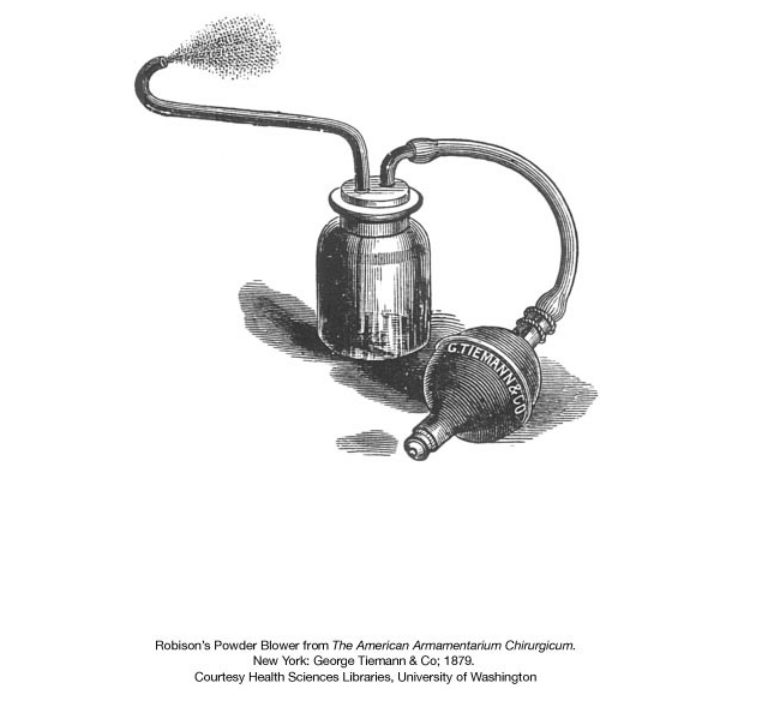












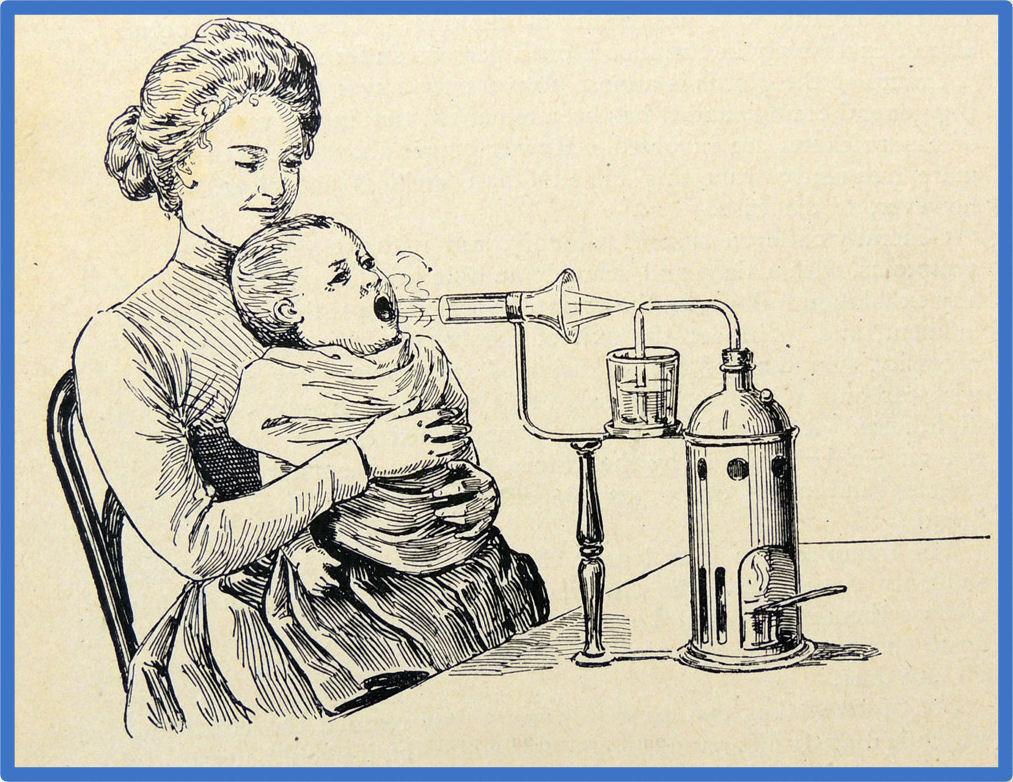














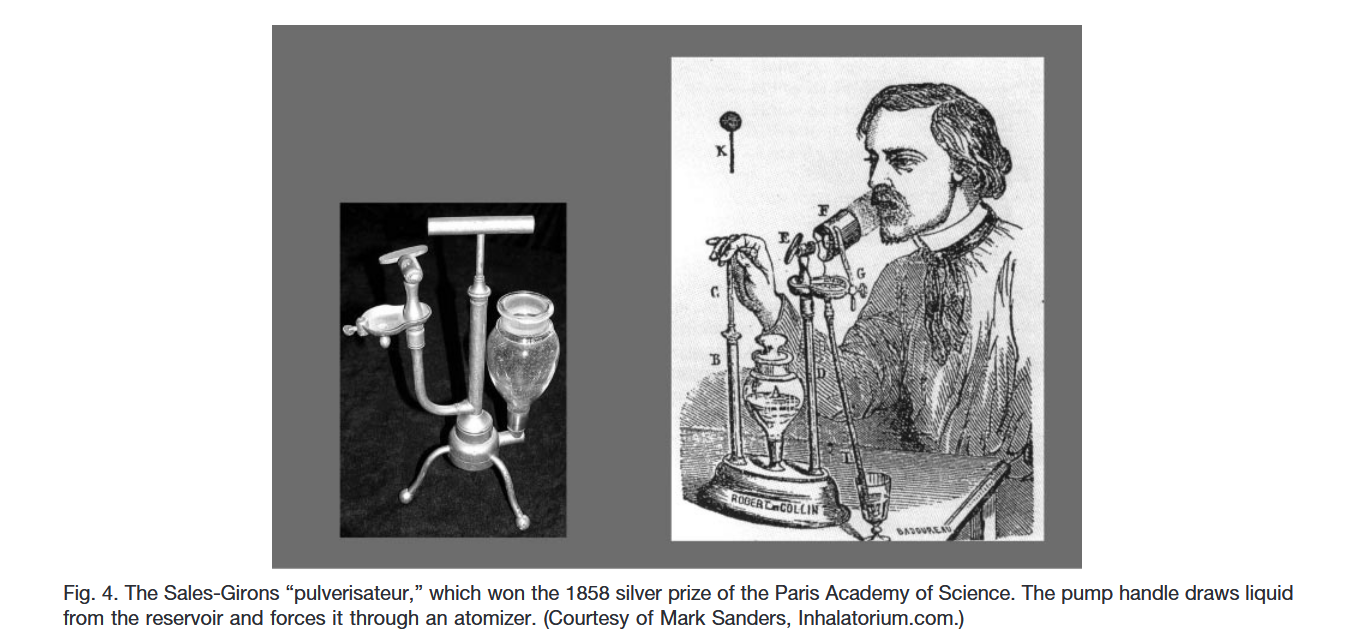













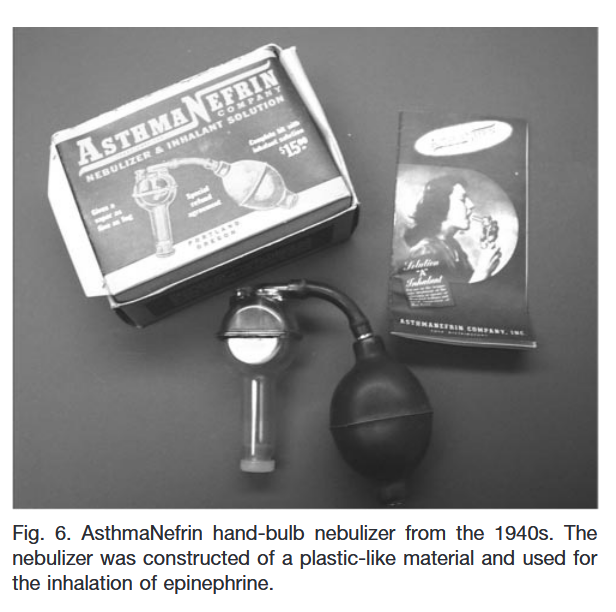
















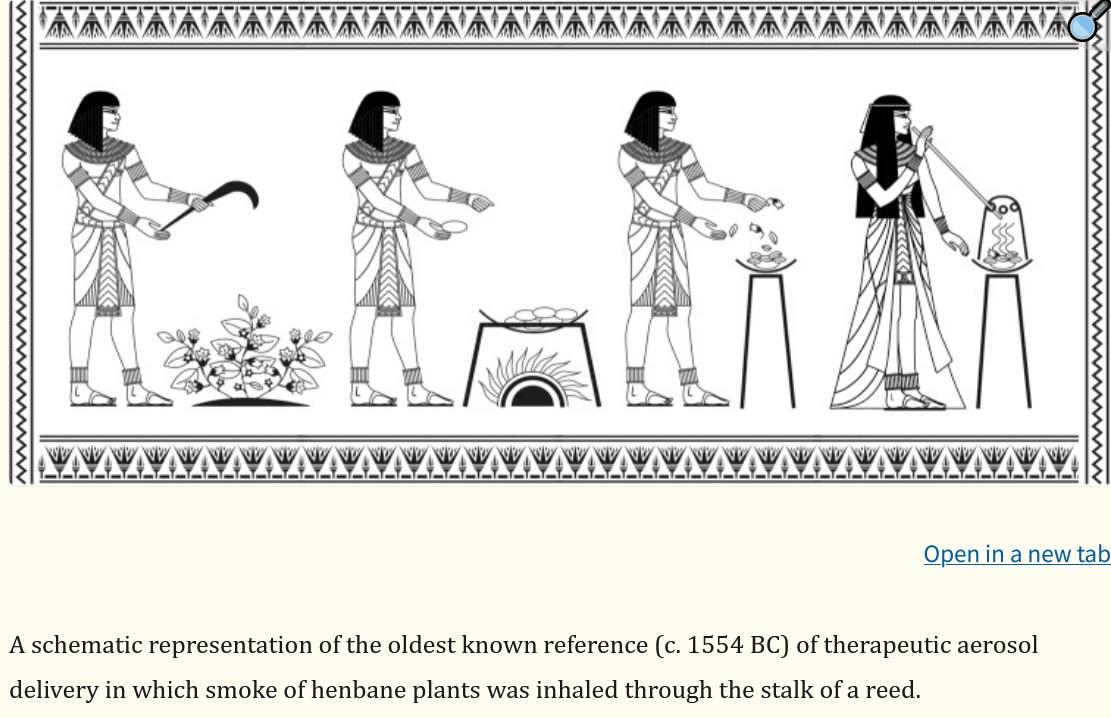



 - Gomez using a Steam Inhaler.png)



Vintage Nebulizers